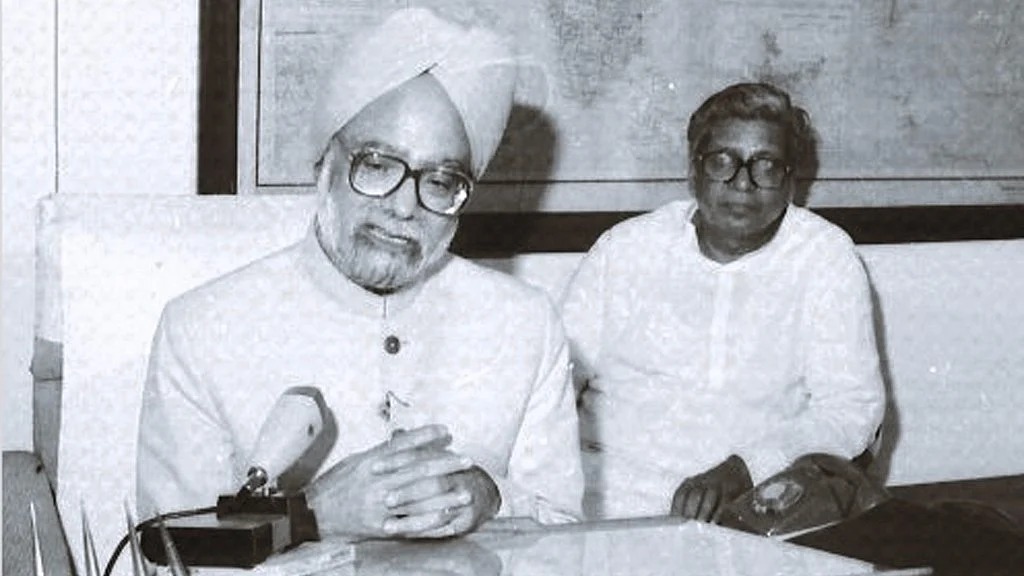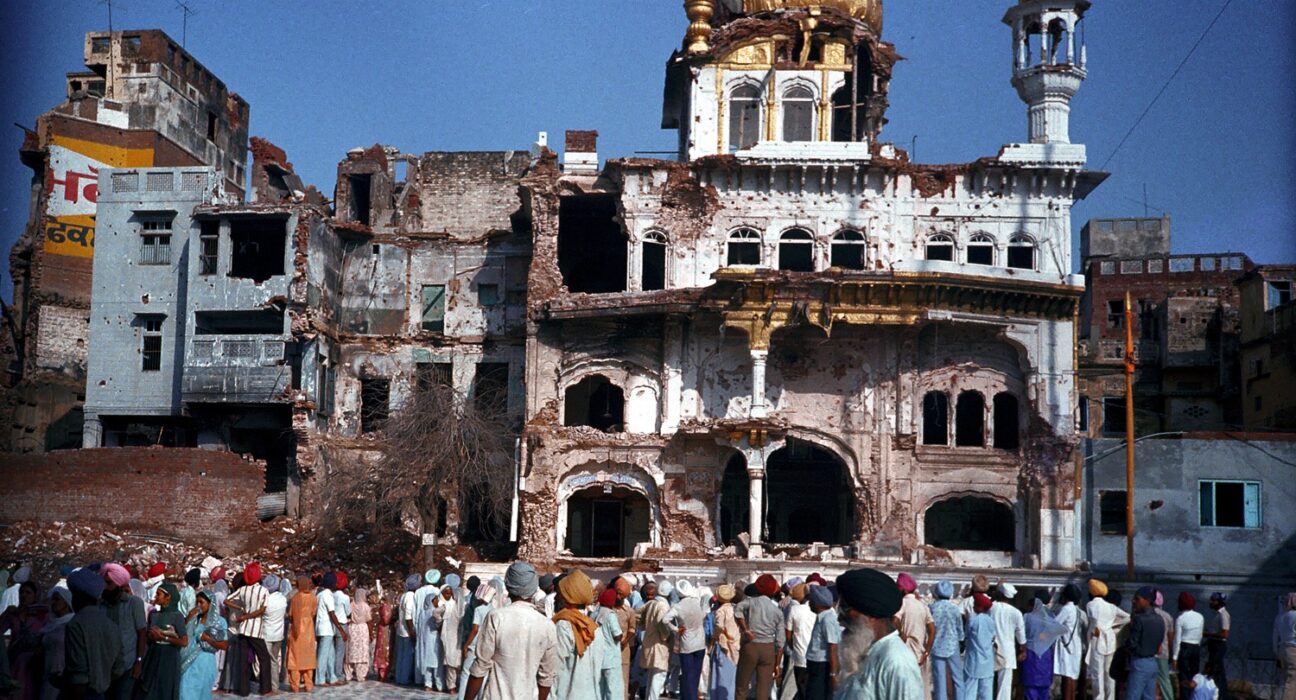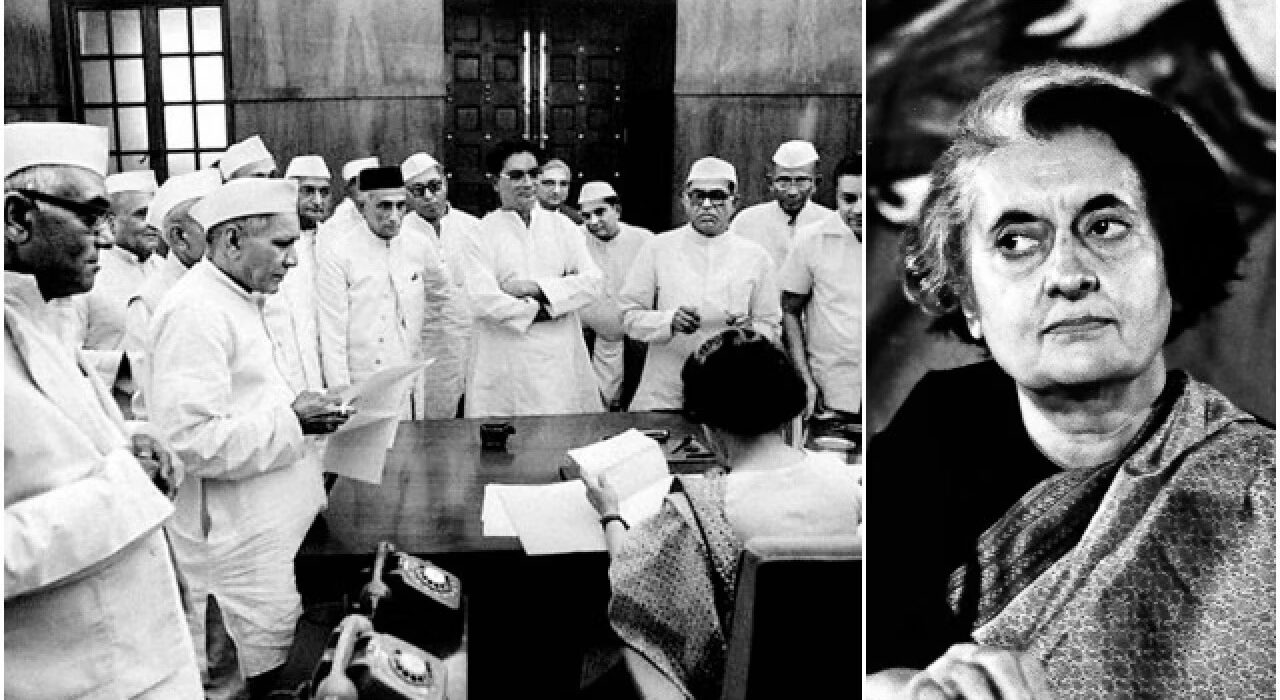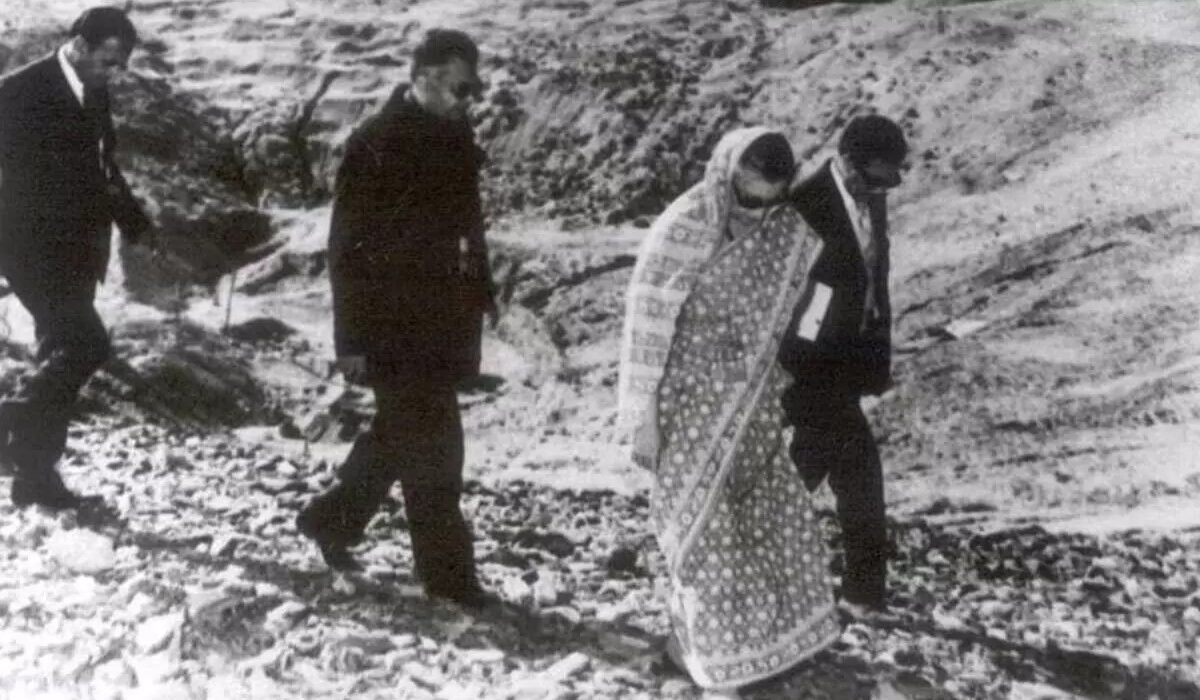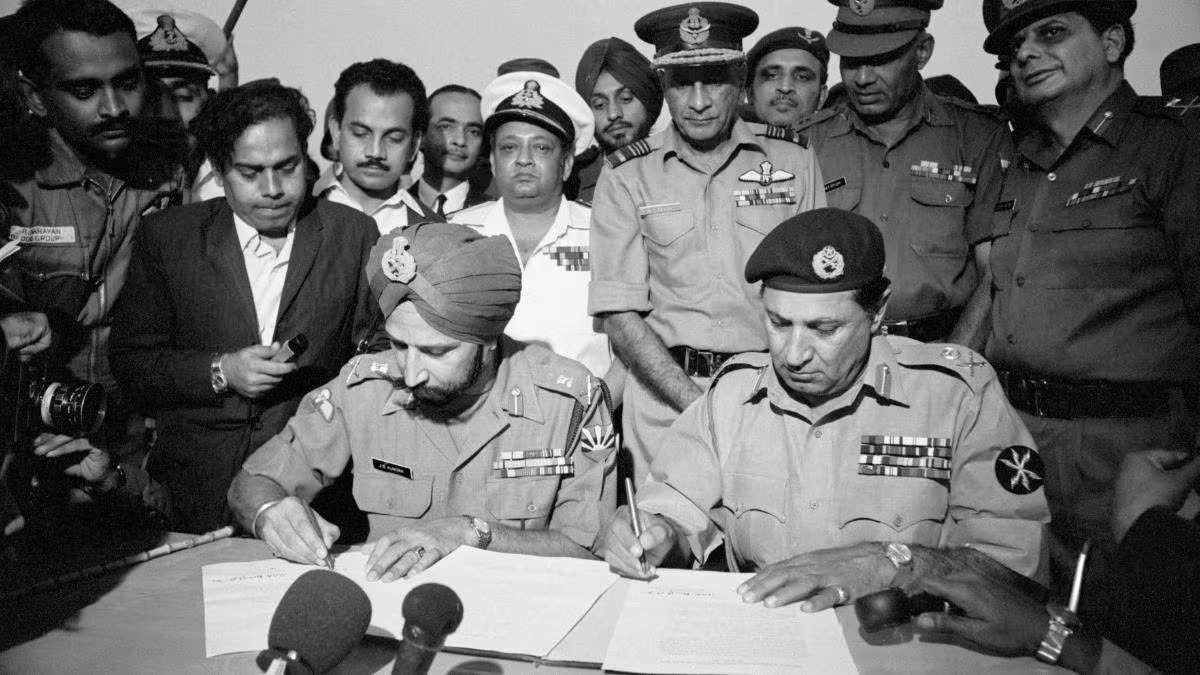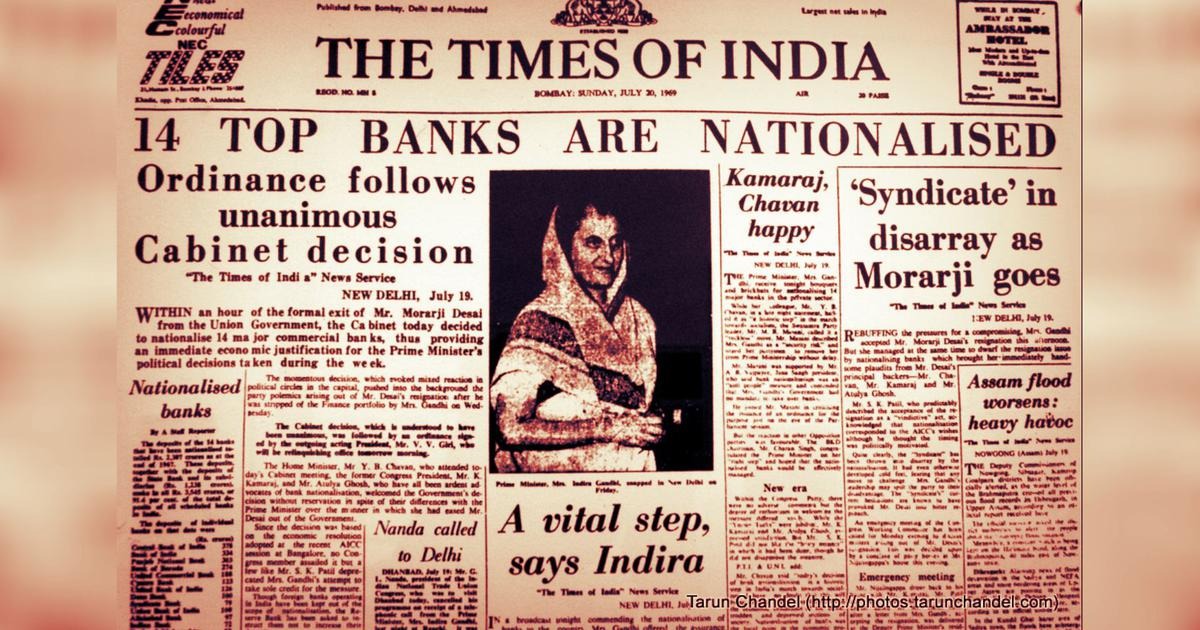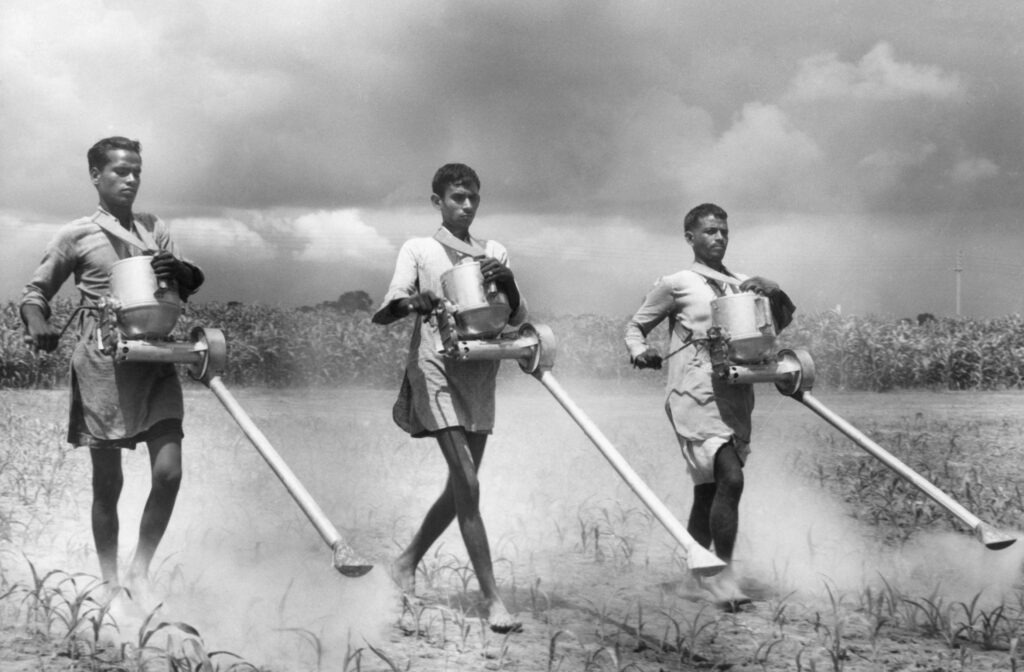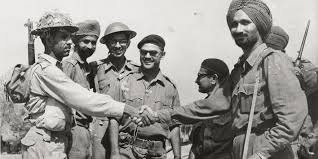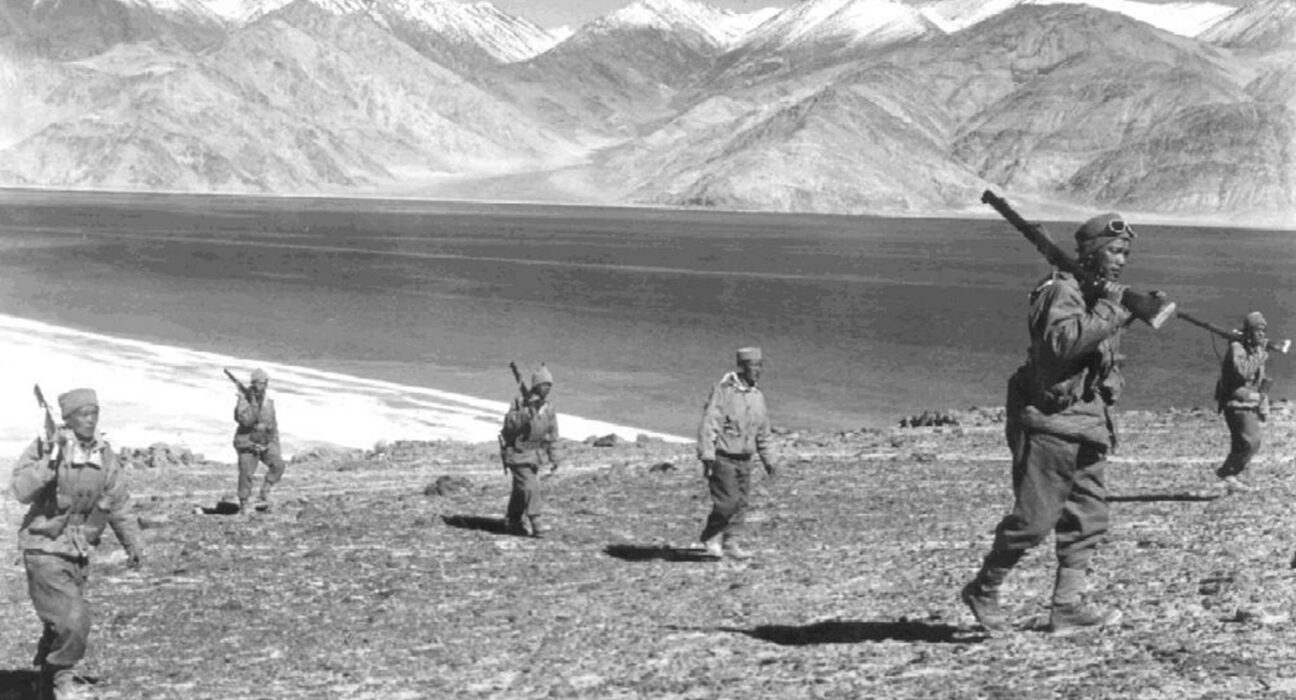Economic Liberalization (1991)
India’s economic liberalization in 1991 was a comprehensive stabilization-and-reform program launched amid a balance-of-payments crisis, orchestrated by Prime Minister P.V. Narasimha Rao and Finance Minister Dr. Manmohan Singh, that dismantled the “License Raj,” devalued the rupee, opened trade and investment, and reoriented the economy toward market-led growth through the New Industrial Policy (24 July 1991)

